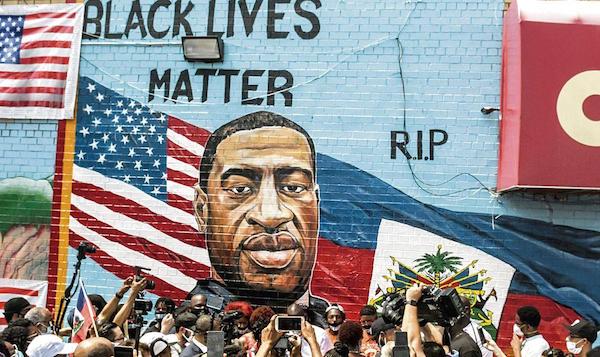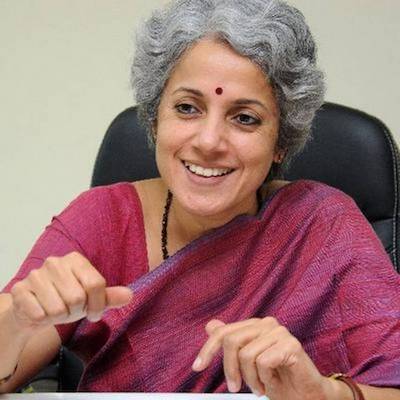

The notion of power behind the perpetuation of cruelty may be understood as a battle between the violator and his prey. It is a double-edged sword whereby the victim can either turn into a groveling, sniveling, emotional and physical wreck, or rise phoenix-like above his/her humiliation and transfigure into a determined combatant ready to take on the aggressor through dignified retaliatory action or role reversal.
Whether we fall by ambition, blood or lust,
Like diamonds, we are cut with our own dust. — John Webster
Alchemy, by definition, is a seemingly magical process of transformation, creation or combination, a medieval precursor of chemistry concerned with the transmutation of matter and with trying to find a medicine that could cure any disease. In the context of modern day reality overwhelmed by violence, it could well be a search for the philosopher’s stone that could alter the anatomy of violence.
Violence — the very word conjures up nightmarish visions of sadistic pleasures that challenge the very basis of human dignity and love. It is an endemic ‘pandemic’ that is slowly consuming the world more rapidly than any monstrosity hitherto known. One sees it all around now more than ever before and it is disturbing to know that life and the promise it holds out for us can be so fragile. When one wakes up every day to the reality of a host of injuries and losses on account of territorial disputes, manslaughter, murder, suicide, rape, domestic violence, lynching, acid attacks et al, the human spirit can be severely undermined. When the impact of a thappad (slap) reverberates through concentric circles to land squarely on a face uplifted in trust; when one hears the onomatopoeic Chhapaak of carelessly splashed acid or slush landing on an unsuspecting victim once too often, the alchemy of violence is born.
A random survey shows that the incidence of violence and trauma — acute, chronic or complex — in our country is as high as one per minute. The tragic deaths of Sushant Singh Rajput, Jayaraj and his son Bennix, George Floyd, the viciousness in the Galwan valley and other such horrifying incidents of unimaginable brutality, are all pretty much symptomatic of what ails contemporary civil society. While acute trauma results from a single incident and chronic trauma is the outcome of prolonged abuse, complex trauma arises from exposure to traumatic events, often of an invasive, interpersonal nature. Besides, there are a host of other afflictions and ailments that threaten to invade our bodies and mind without any warning and their possible prognosis can leave one gravely distressed. Thappad, Chhapaak and the other illustrations mentioned above thus metamorphose into multivalent symbols that float like leitmotif through most narratives of belligerence, with aggression figuring at the bottom of the pyramid of violence and brutality. So, it is important to not only keep oneself informed about the remedial options available and seek the assistance of healthcare professionals, psychotherapists, law enforcing agencies, NGOs etc., but also to generate public awareness and support against such hydra-headed insecurities. Positive action in the face of grave adversity can often alter the basic structures of emotion.
Violence works in several ways and at several levels — emotional, sexual, verbal and physical. In cases of interpersonal relationships and ‘trauma bonding’ — a strong emotional attachment between the abuser and the abused through intermittent cycles of reward and punishment — the perpetrator develops a stranglehold over his victim by eliciting fear and gratitude for being allowed to survive. But if the abuser gets away with impunity day after day, brutality begins to worm its way into his psyche so insidiously that he is ready to bare his teeth at the slightest hint of resistance or provocation from the stricken. Therefore, the whole notion of power behind the perpetuation of cruelty may be understood as a battle between the violator and his prey. It is a double-edged sword whereby the victim can either turn into a groveling, sniveling, emotional and physical wreck, or rise phoenix-like above his/her psychosomatic humiliation and transfigure into a determined combatant ready to take on the aggressor through dignified retaliatory action or role reversal. Violence, thus, has an alchemic power. While it can galvanize the victim into constructive action for oneself, by some extraordinary alchemy, it can also invest the sufferer with greater resolve to take up the cause of others similarly positioned. Conversely, the transgressor can either be contrite and seek redemption or sink further into the pits of depravity, even necrophilia sometimes and consequently be filled with self-loathing (Manto’s Toba Tek Singh) to a point of self-annihilation. What needs to be remembered then is that, when the thin line between passion and reason gets completely obliterated and the oppressor loses all sense of continence, the effect of the hand that inflicts the blow can very often boomerang on the striker himself and destroy him.
Violence, per se, is multi-causal. Whether villainy is in a habitual offender’s DNA or triggered by unhealthy competition, whether it is self-inflicted or provoked by an external agency, whether it is related to socio-economic, socio-cultural or religio-political dynamics, or whether it is driven by fear, anxiety, revulsion, anger or revenge, it is self-destructive. If resentment keeps simmering for too long, it threatens to erupt like a volcano and destroy all that is beautiful, leaving behind a trail of cinder and ash. As such, before raising a hand to deliver a fatal blow, the striker must wait for the iron to cool down rather than blow the bellows harder. Humans are no punching bags to vent frustration and inadequacies on. Nor are they percussion instruments to be slapped and banged with rhythmic regularity by warped minds to produce gruesome strains!
Since our physical appearance is our first introduction to our social milieu, the desire to feel and look good is a natural human desire. Ergo, the maintenance of good mental and physical health, should remain our primary concern. The contribution of healthy physical and nutritional habits to our well-being and our ability to face the world with equanimity thus can never be overemphasized. Hence, to ensure that things don’t fall apart and the center holds, seek if distressed and you shall stumble upon a solution; talk if in need of help and you’ll get a sympathetic ear; send out a smoke signal and you’ll be rescued.
(The author is Emeritus Professor of English, Panjab University, Chandigarh, India) / Tribune, India





Be the first to comment